
Positioned at the extreme southwest tip of the United Kingdom, the waters around Cornwall are where three ocean currents collide. The resulting combination of tidal flows and differing temperatures provide the perfect conditions for a vast diversity of life to thrive
Words & photographs Lewis Michael Jefferies
Cornwall has the longest coastline in Great Britain, extending over 422 miles, and is the tip of England’s southwest peninsula, jutting out into the eastern Atlantic Ocean.
It is blessed with two coastlines: the north coast, exposed to powerful swells and prevailing winds from the Atlantic, providing exhilarating conditions that make it hugely popular with surfers, while the southerly shores are much more sheltered, with many coves and river mouths providing an escape from wilder waves and wind.
There is a fascinating variety of coastal geology which extends beyond the land and into the sea, where an incredible underwater topography can be found to match.
More great reads from our magazine
- Mexico’s Tren Maya is destroying Yucatán’s cenotes
- Jenny Stock’s guide to getting creative with your underwater photography
- Into the Unknown – scuba diving new sites in Bolsel, Sulawesi
- Nitrogen Narcosis – beware the rapture of the deep
- The ride of your life! Scootering with Maldives grey reef sharks

A profusion of shallow, sharp, rocky reefs lurk beneath the surface, which is why thousands of ships have been wrecked here, all around the coast. However – in stark juxtaposition – those same natural features that have been so treacherous to seafarers and claimed many human lives, have provided shelter and sanctuary for myriad marine creatures to make their home.
The Cornish peninsula is a mixing zone between the currents from where the Atlantic Ocean divides. Warmer water brought up by the Gulf Stream mixes with the cooler waters of the Celtic Sea to the north and the English Channel to the south. This blend of different currents and temperatures creates highly productive oceanic fronts, forming the foundations for phytoplankton to grow.

The basis of the marine food chain, this phytoplankton attracts bait fish such as sand eels, herring and mackerel, which in turn attract a diverse array of predators. Common dolphins are present in their hundreds throughout the year: minke, fin and humpback whales can all be seen passing through, with occasional sightings of basking sharks – and sometimes even orca in the far west.
All around the peninsula many sites stand out for their amazing range of life, each providing opportunities for excellent marine encounters. However, the south coast provides the greatest diversity of marine life among the most accessible dive sites.
One of the most easily spotted species is the jellyfish. During the summer months, the warmer waters bring an abundance of plankton, attracting thousands of jellyfish, an event eagerly anticipated by many underwater photographers, keen to capture images of the assortment of species that can be found near the surface.

The most abundant jellyfish species in south Cornwall coastal waters is the compass jellyfish (Chrysaora hysoscella) that bears translucent bells with brown V markings, reminiscent of a compass. With bodies that can grow up to 30cm across, and tentacles reaching around a metre in length, their gently pulsating movements make them incredibly beautiful to witness.
Huge barrel jellyfish (Rhizostoma pulmo) are also present, although seen less often in recent years, growing up to an impressive one metre wide and weighing up to 25kgs, they really are an awe-inspiring sight!
One of the other large and prevalent species is the blue jellyfish (Cyanea lamarckii), growing up to 30cm across and named for its vibrant purple and blueish colouration. Colourless when young, they develop their striking colour only as they mature – their beauty undiminished by their arguably scruffy-looking short tentacles.

Crystal jellies (Aequorea victoria), more commonly found on the west coast of North America, are a less common species in UK waters – sometimes we’ll see many and sometimes none. They are a translucent hydrozoan jellyfish that are bioluminescent, emitting small amounts of light when disturbed.
Along the mid-south coast of Cornwall lies Falmouth Bay – the UK’s Atlantic Gateway. Falmouth is the last major port before the Atlantic. It’s a busy commercial shipping and leisure sailing port, possessing the third deepest natural harbour in the world. However, this busy shipping channel is also a rich natural habitat, home to thousands of marine species, so there is a very fine balance between managing the needs of industry and the health of the delicate environment in this area.
Falmouth Bay is at the meeting point of the River Fal and the Helford River, which together form an area that has been designated the Fal & Helford Special Area of Conservation (SAC), bound under European law to protect the unique biodiversity found here.

The estuaries are examples of submerged river valleys called rias, created by sea levels rising at the end of the last ice age when water flooded into valleys, forming sheltered, subtidal habitats. The upper reaches of the estuaries have tidal mudflats and sandflats, which provide a rich food source for migratory- and resident-wading birds that feed on the marine invertebrates beneath the sand.
Further out into the bay, grey seals can be spotted hunting and feeding most days, as well as hundreds of common dolphins that frequently bow ride alongside boats, and sometimes even the more elusive bottlenose and Risso’s dolphins and harbour porpoise can also be seen.
Falmouth’s large, protected bay, with shallow banks and a tidal flow into both river mouths, provides a unique combination of conditions for a variety of wildlife and habitats to thrive, and sheltered safe spots to explore them from shore. A handful of the shallow coves create the perfect conditions for seagrass (Zostera marina) to grow.
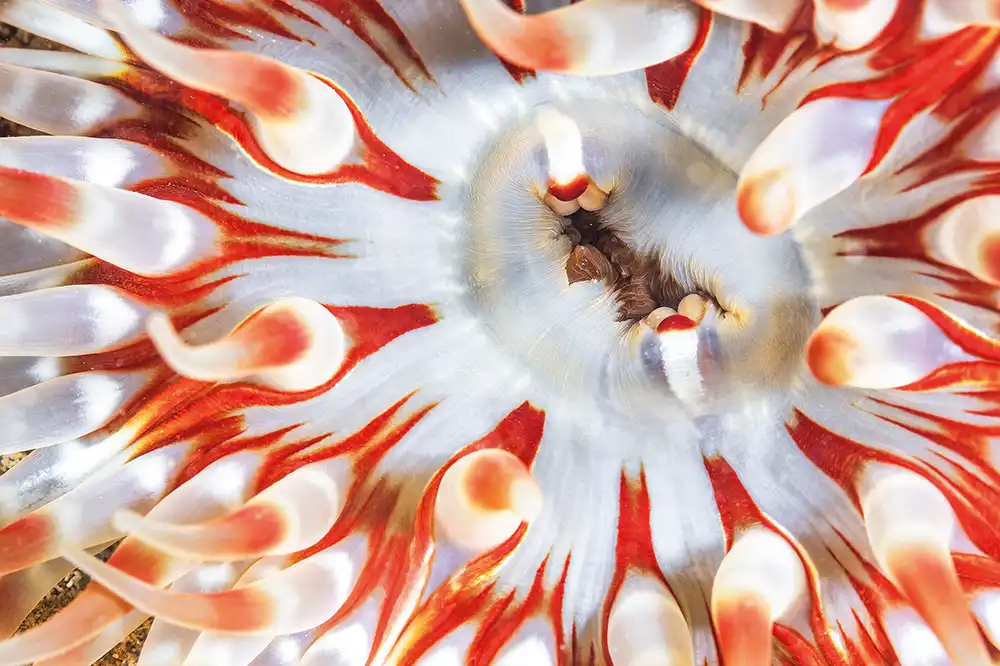
Found across much of the northern hemisphere, this species is increasingly in decline due to human impacts. Unlike seaweeds, seagrass is a flowering marine plant that grows with true roots into the seabed. These are primary producers that form thin green leaves and photosynthesise like land plants. Their roots are vital in binding and stabilising sediments, PRoviding a buffer against wave energy and helping slow coastal erosion.
Seagrass meadows also provide a perfect habitat for marine life, such as commercially valuable species, including cod and pollock, offering places for such species to lay their young in relative safety.
While there are many large areas of seagrass meadows across the south of Cornwall, one of the healthiest and most accessible areas to explore lies just inside the mouth of the Helford River. A dive here could be described as floating through an underwater rainforest: sunbeams glisten through the shallow waters onto the seagrass fronds, producing iridescent bands of light and colour.
Schools of fish swim over the meadow, darting in and out for protection. Nudibranchs, anemones, periwinkles and stalked jellyfish cling to the blades, feeding on bryozoans, hydroids and algae that coat the leaves.
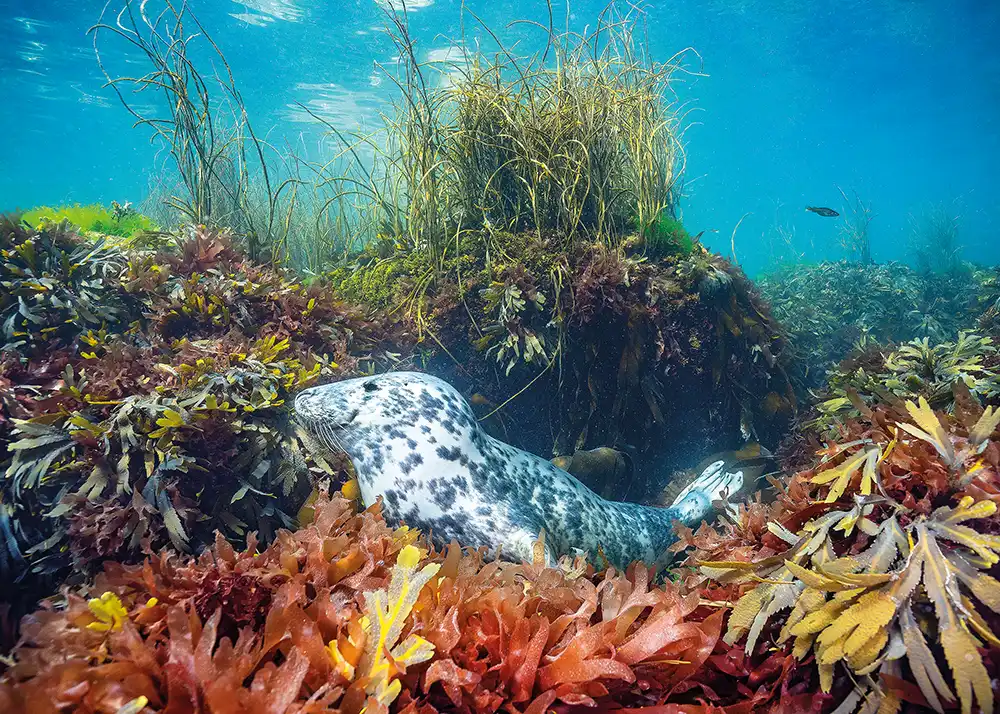
Rays and small spotted catsharks lie on the seabed, hiding beneath the dense canopy that provides perfect shelter for them to rest and to lay their eggs. It is a unique place to explore and thankfully much is now being done to manage its protection.
Along the submerged valleys of the Fal and Helford estuaries are subtidal sandbanks, on the edge of deepwater channels, which provide a unique set of conditions that encourage the growth of a coralline algae called maerl. Maerl is a living purple-pink hard seaweed that forms spiky underwater carpets on the seabed, known as maerl beds.
A type of coralline seaweed, or algae, it deposits lime in its cell walls as it grows, creating a hard skeleton. It has three-dimensional structures – nodules with holes and crevices – that provide an ideal environment for wildlife and their young to hide.
Both living and dead maerl provides an important habitat for many different creatures, allowing them to burrow and cling on to the hard structures. Many species of crustaceans, sharks, starfish, and commercial species such as scallops reside here, making these maerl areas biodiversity hotspots.
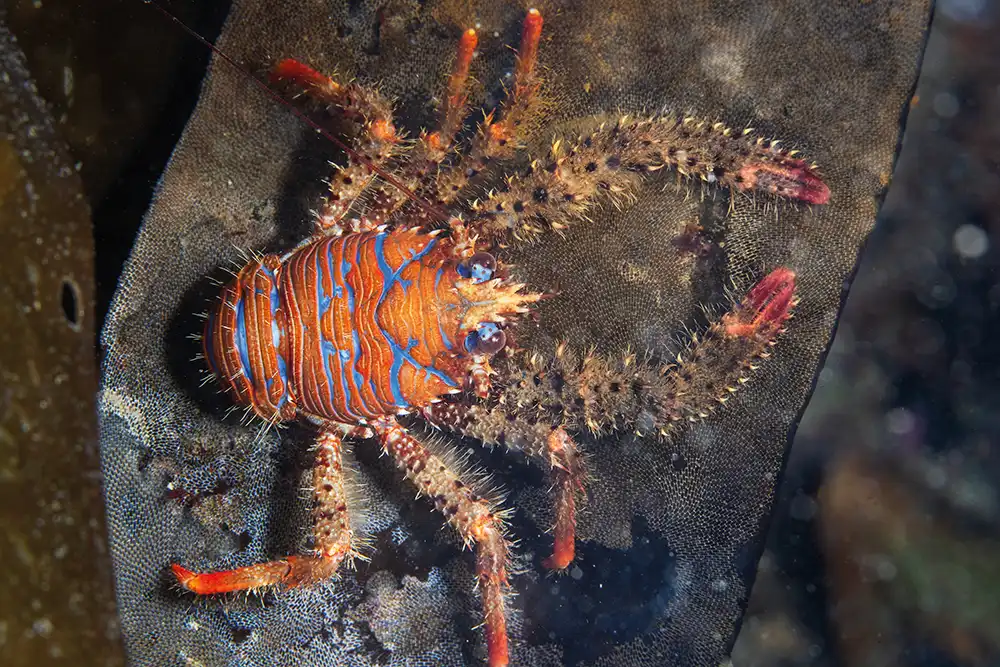
Falmouth Bay is believed to have one of the largest and healthiest areas of maerl in England, and one of the best in Europe. Matt Slater, Marine Conservation Officer at Cornwall Wildlife Trust, says: ‘We have an incredible area of maerl in the Fal and Helford SAC that is really dense, beginning in the mouth of the River Fal off St Mawes and continuing out into the bay.
‘It has been growing for centuries and it’s thought that it could even be up to four thousand years old. The structures provide an ideal hiding place for many species of marine invertebrates, which are then fed upon by fish, cephalopods and crustaceans.
‘Maerl is a very fragile and biodiverse habitat that is extremely rare in both the UK and Europe, but the best examples in England are found here in the Fal and Helford.’
Both maerl and seagrass ecosystems support a diverse array of lifeforms that provide crucial support for our climate, marine life, and commercial fisheries. Protecting what we have left is vital to help in our fight against climate change, to support biodiversity and maintain food security.
‘An incredibly rich mosaic of habitats exists in this area – so much so that, at some sites, you could go for a short shore dive or snorkel and see three amazing habitats on a single dive: seagrass, maerl beds and kelp forests – which is really quite unique,’ Matt points out.
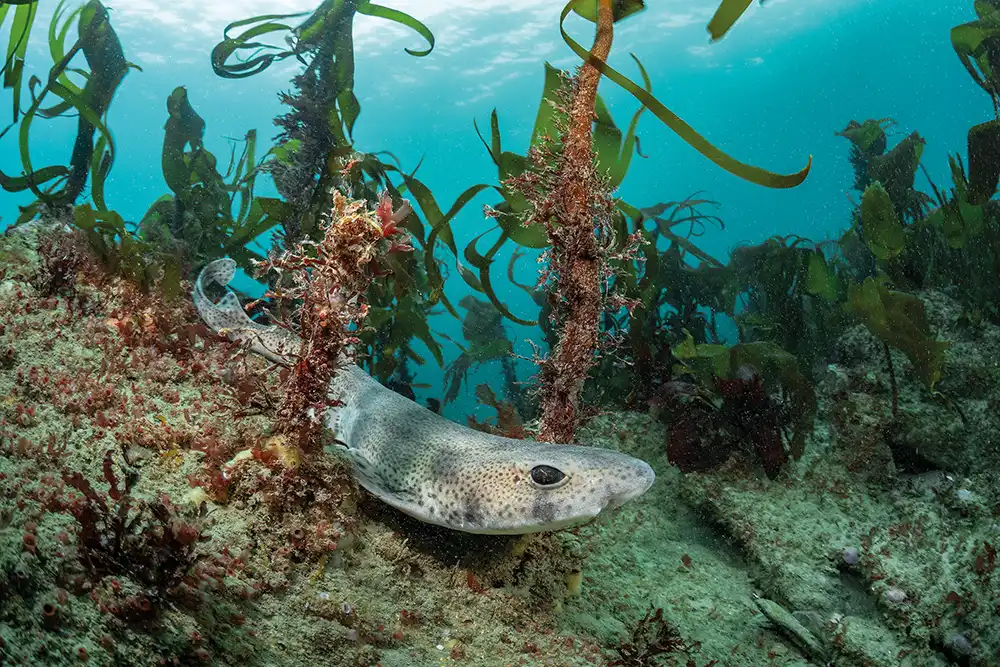
Further west along the south coast, on the eastern side of the Lizard Peninsula, lies the Manacles reef, a treacherous set of rocks that are mostly submerged even at low tide, making them invisible to seafarers.
The name Manacles, derived from the Cornish ‘Meyn Eglos’, means ‘Stones of the church’. A reference to the spire of St Keverne church, which is visible over the headland, it is also a fitting name given that more than a thousand lives have been lost here from a hundred ships, 400 of the dead being buried at St. Keverne church.
However, from that sad loss, new life now flourishes: the holes, cracks and crevices of the wrecks and reefs provide shelter and have become a magnet for marine life.
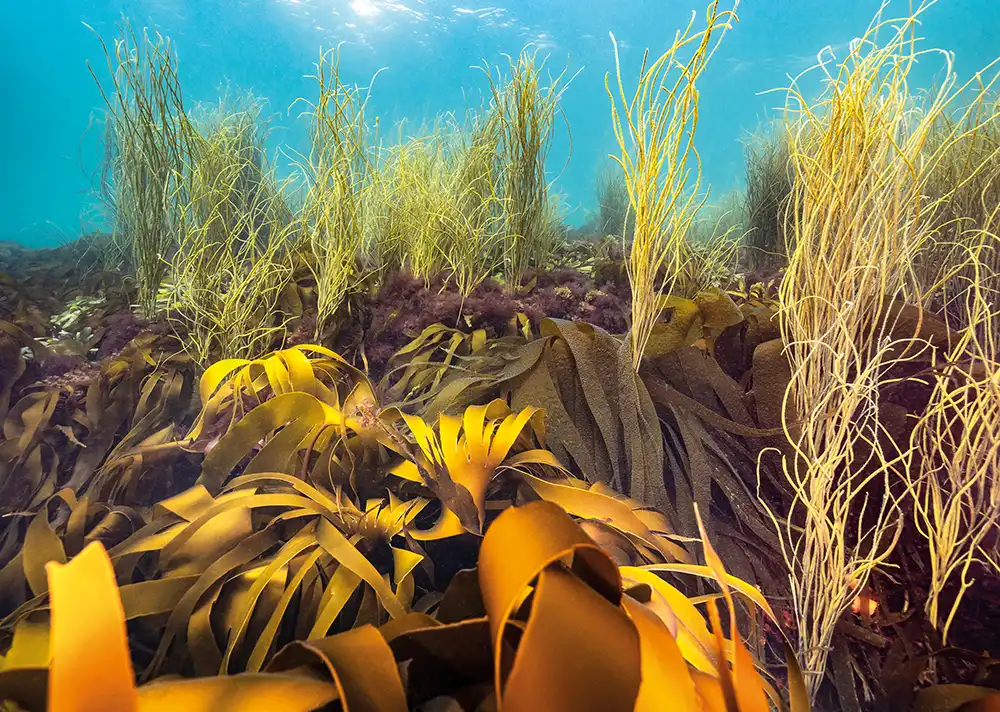
This area has been designated The Manacles Marine Conservation Zone (MCZ) and is a 3.5 sq km inshore site extending 2km from the coast. It is a combination of rocky outcrops, pinnacles and walls, with reefs ranging from around 57 to 14 metres in depth, but much of the life is to be found at around 30 metres and above at the more accessible dive sites.
Interesting drift dives are possible between tides, but currents can be very strong here due to the tidal flow into the English Channel, so it is best dived on a slack tide. The area has been studied and documented extensively and is renowned for being rich in marine life.
A particular favourite dive site called Vase Reef is bursting with life; many of the reef walls are carpeted with beautiful jewel anemones (Corynactis viridis). Using their stinging tentacles to catch small shrimps and fish, they provide a captivating kaleidoscope of colour when they open to feed.
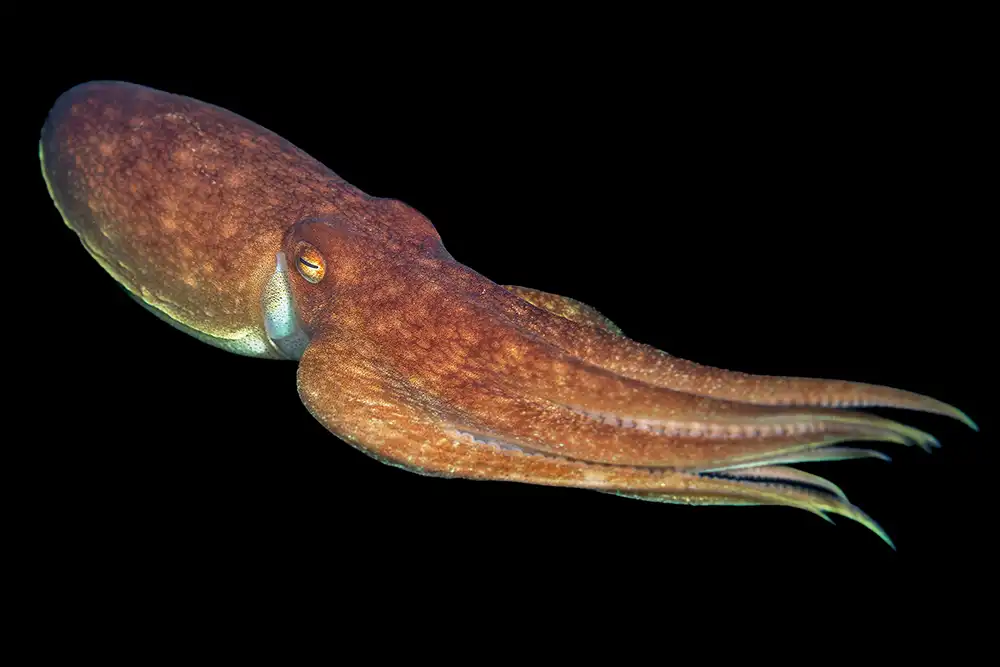
Cold-water coral species can also be found here, among them the rare pink sea fan (Eunicella verrucosa). Vibrant orange or pink in colour, they are a branching horny coral related to species found on tropical reefs. Classified as vulnerable on the global IUCN Red List, they are a protected species.
Another species to be found is the more common dead man’s fingers (Alcyonium digitatum) that adorn the ledges and wrecks. These creepy-sounding creatures are a coral species that form lobes as they grow, making them look like ghostly fingers.
Most dives here involve a wonderful diversity of life, with beautiful reef scapes complete with sponges, corals, anemones and many species of fish, including the colourful ballan wrasse (Labrus bergylta) and the tropical-looking cuckoo wrasse (Labrus mixtus).
The male of which will defend its territory by coming in close to divers to try to fend them off, making them excellent photographic subjects.

Along the reefs, the cracks and crevices are home to some of the more shy creatures, and a notable species of crustacean that can be found is the European crawfish or spiny lobster (Palinurus elephas).
This is a relative of the European lobster (Homarus gammarus), but unlike their cousins, they are more orange and golden in colour and adorned with spines. Also, rather than possessing large crushing claws, they instead have multipurpose front legs with small hook-like claws and long antennae.
Overfishing by divers and fishermen in the 1960s/early 70s led to the near extinction of the species, so it is wonderful to see them slowly making a comeback, with both juveniles and adults now being spotted all around the coastline.
However, they remain a highly valuable commercial species, and there is still very little protection in place, so as a community, we ask divers, both local and visiting, not to harvest this species.
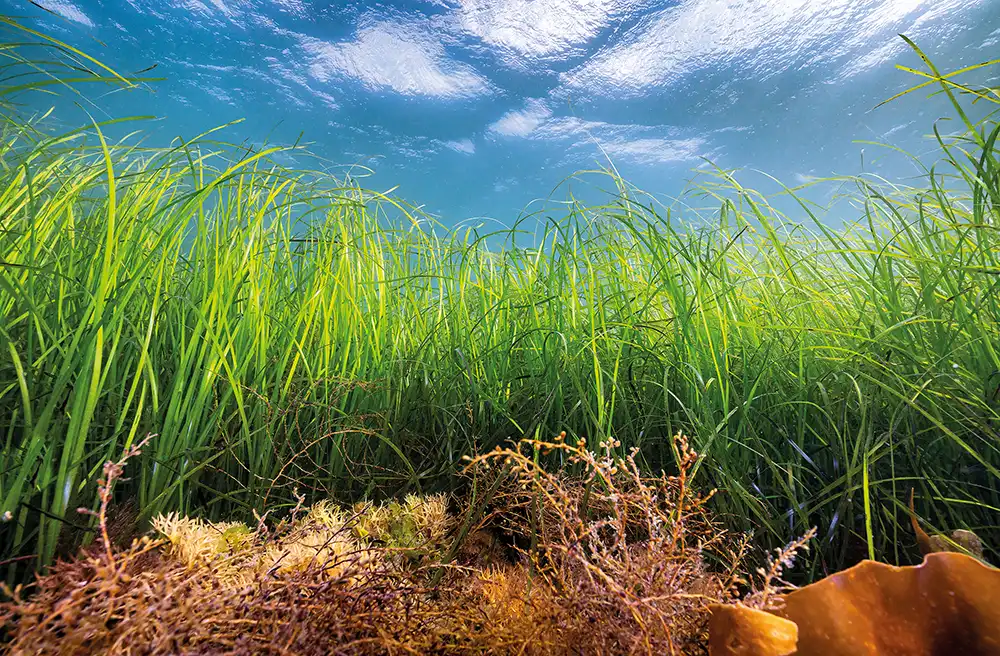
Instead, we ask them to record images of them and report sightings to Cornwall Wildlife Trust using the hashtag #HandsOffOurCrawfish when posting pictures online. Divers can also help by asking their dive club or skipper not to allow the landing of crawfish on their boats.
We are extremely privileged to see this species in Cornish waters and do not want to see them put under threat again.
The waters of South Cornwall are rich and extremely diverse, supporting internationally important habitats and species. Our local community of divers encourages and welcomes visitors. However, we ask all to respect the sensitive marine life found here, so that everyone can enjoy this special place for generations to come. ●
● If you are interested in diving South Cornwall, some of the best dive operators are Cornish Diving Centre and Seaways Divers, servicing the Falmouth Area, and Porthkerris Divers on the Lizard Peninsula with their own campsite and shore dive. They also provide daily boat charters, in season, to the Manacles MCZ and beyond.
Lewis Jefferies is an award-winning underwater photographer, film-maker and cameraman, based in Cornwall. He creates photo stories about marine life, diving and conservation, and produces environmental films for nature conservation organisations. Learning to scuba dive at the age of 13 cemented a deep love, and appreciation for our oceans and wildlife which led to a desire to help protect them. Find more from Lewis on his website at lewismjefferies.com, Facebook @LewisMJefferies.camera and Instagram @lewismjefferies.camera



